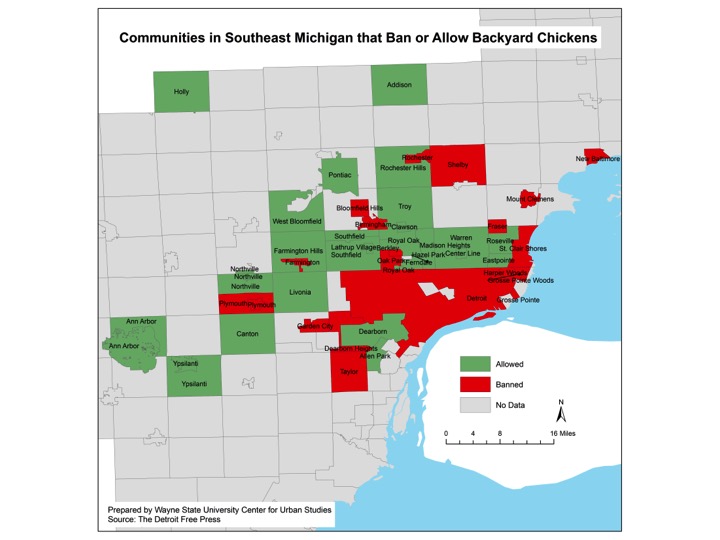- The State and City of Detroit’s unemployment rates decreased at the monthly levels;
- Regionally, September 2018 unemployment rates are lower than the prior year;
- Housing prices continue to rise in Metro-Detroit.
The chart above displays the unemployment rates for each of the seven counties in Southeastern Michigan for September of 2017 and 2018. In September of 2018 Wayne County had the highest unemployment rate at 4.5, with St. Clair County having the second highest regional unemployment rate 3.9. Livingston and Washtenaw counties were the only two in the region with unemployment rates below 3 in September of 2018. The unemployment rate for Livingston County was 2.9, and the unemployment rate for Washtenaw County was 2.8.
When comparing 2017 and 2018, every county in the region experienced a decline in the unemployment rate. Monroe County experienced the largest decline, with the September 2017 unemployment rate being 5.5 and the September 2018 unemployment rate being 3.6.
The chart above displays the unemployment rates for each of the seven counties in Southeastern Michigan for September of 2017 and 2018. In September of 2018 Wayne County had the highest unemployment rate at 4.5, with St. Clair County having the second highest regional unemployment rate 3.9. Livingston and Washtenaw counties were the only two in the region with unemployment rates below 3 in September of 2018. The unemployment rate for Livingston County was 2.9, and the unemployment rate for Washtenaw County was 2.8.
When comparing 2017 and 2018, every county in the region experienced a decline in the unemployment rate. Monroe County experienced the largest decline, with the September 2017 unemployment rate being 5.5 and the September 2018 unemployment rate being 3.6.
The above chart shows the Standard and Poor’s Case-Shiller Home Price Index for the Detroit Metropolitan Statistical Area. The index includes the price for homes that have sold but does not include the price of new home construction, condos, or homes that have been remodeled.
According to the index, the average price of single-family dwellings sold in Metro Detroit was $124,770 in August 2018; this was $530 higher than the average family dwelling price in July. The August 2018 price was an increase of $7,010 from August of 2017 and an increase of $15,110 from August of 2016, an increase of $21,020 from August of 2016 and increase of $26,050 from August of 2014.












